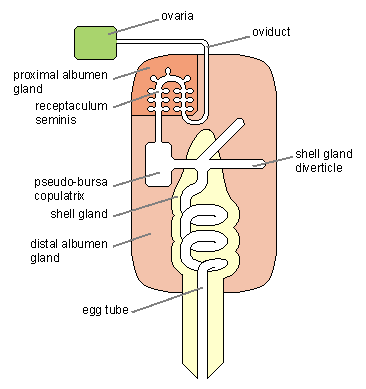Examples include (apple, golden inca, four horned, etc.)



Some snail species make use of 'love darts' during copulation. About one third of snail species manufacture hard, sharp darts which they 'fire' at the object of their affections (i.e. other snails).
Websites:
http://www.artsaquaticsandanimals.com/
http://www.snail-world.com/How-do-Snails-Reproduce.html
http://www.wikipedia.org/
http://www.applesnail.net/content/anatomy/reproduction.php
Pictures from Yahoo and Google search engines.
:)(: REFLECTION :)(:
I have always wondered how snails reproduce, and I am really glad I had this as my e-learning assignment. Thank you Ms Nada! Without this assignment, I would never have been moved to find out about snail reproduction.
I find snails quite a unique species, and after the research about them, my appreciation to them grew even more. I would be much more careful not to step on snails the next time. The way in which they reproduce quite amazes me, with their " love darts " and how the male crawl up the female's shell and does the "deed". I was also amazed at
the picture of the snails (internal fertilisation) where they coil their sexual organs. Indeed,I have found out much more about snails than I've used to know. They are 2 types of snails, hermaphrodites and dioecious, and 2 ways in which they reproduce, namely external and internal fertilisation.
We have to understand and try to appreciate each and every single species that have been created by god, as how we try to understand and appreciate other cultures, traditions and races. Each species is unique in its own way. Even if we don't like it, we must still respect it. Criticising the species is like critising god's creation. Everything is there or done for a reason. Snails also belong to food webs, pets of many children and unfortunately in my opinion, delicacies in some countries like France.
Whatever it is, without the existence of snails, our world would be " a species less exciting. "











.jpg)


.jpg)













